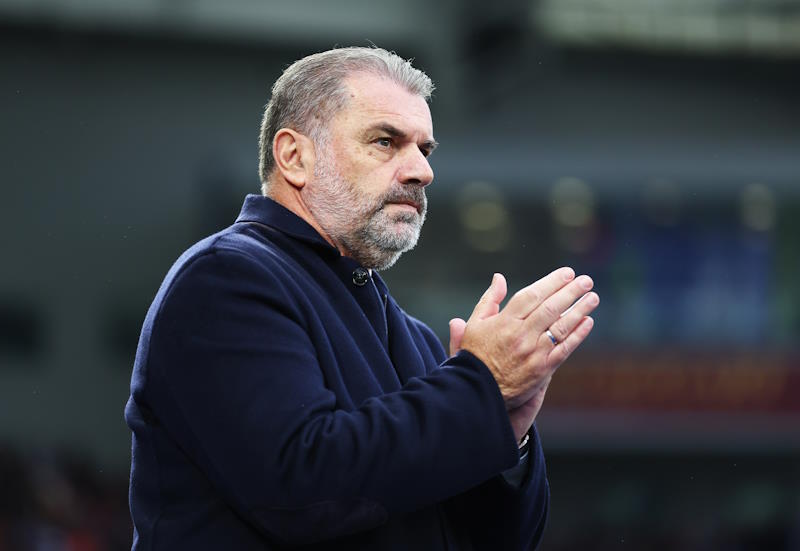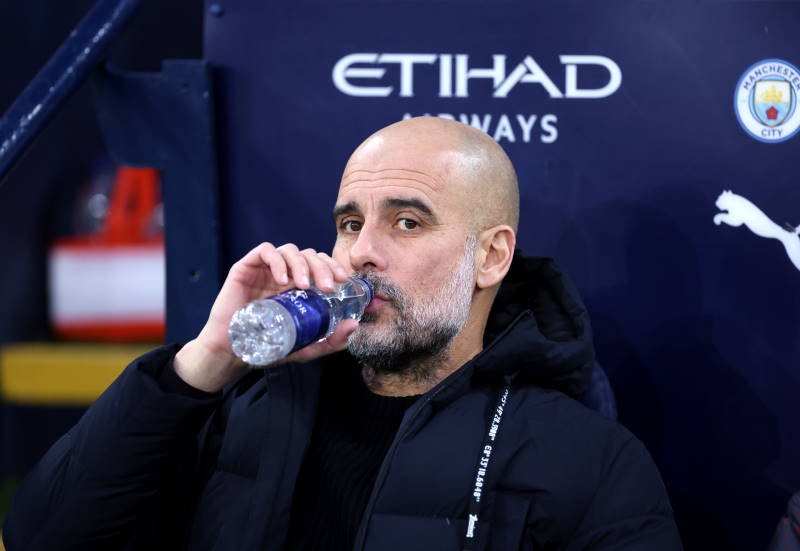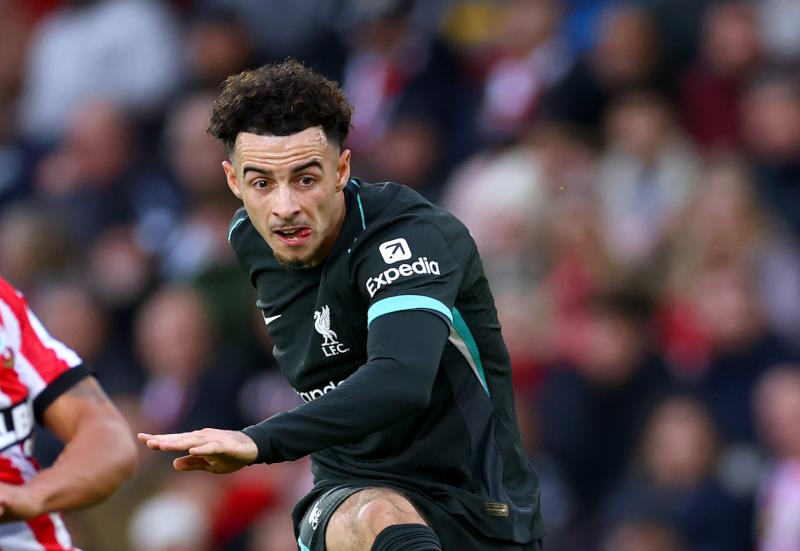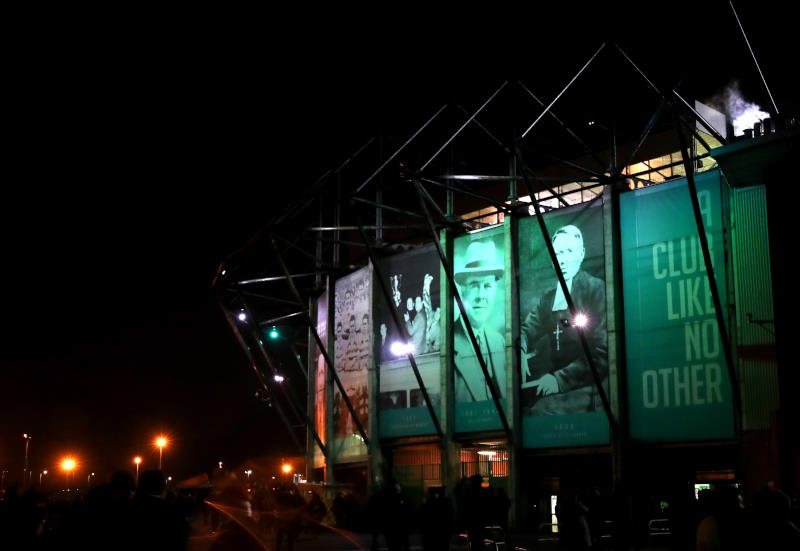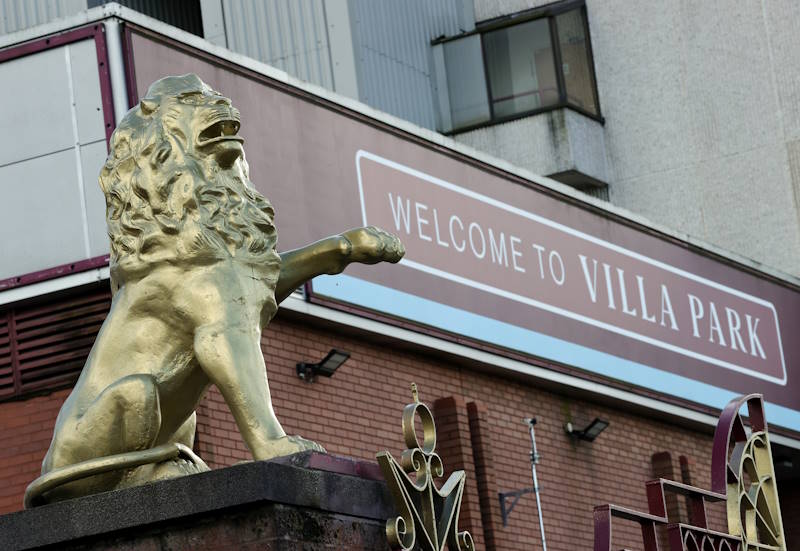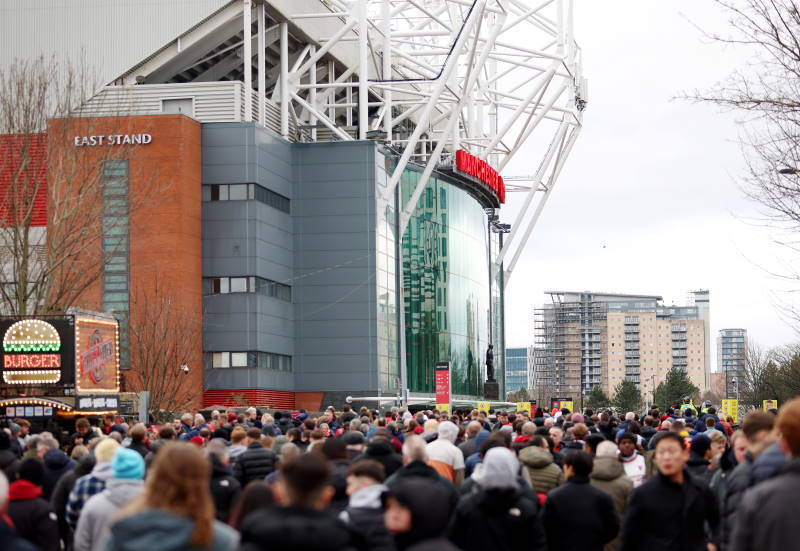
It is a common trend that, having finally broken through the rigid class system to dine at the top table and splashed the cash in a rather brash fashion, the arriviste among the aristocrats sets about copying the styles and aping the traditions of the blue-bloods so recently displaced and displeased.
As the players who led the first charge of Roman Abramovich’s Chelsea revolution slowly succumb to age and deterioration, Andre Villas-Boas’ attempted revolution of the club’s playing staff met with dissent from the notoriously vocal senior Chelsea players, ultimately leading to his dismissal. Disappointing performances, from Villas-Boas’ final defeat to West Bromwich Albion to a scrappy draw with Birmingham City in the FA Cup and the 3-1 defeat to Napoli in the Champions League, have only succeeded in continuing the circus around Stamford Bridge.
Ever since 2008, in the wake of the lost Champions League final, it has been clear that the squad has needed a drastic overhaul, but the only thing that has happened since is the once-solid core of Frank Lampard, Ashley Cole, Didier Drogba, Petr Cech and John Terry has gradually eroded. Advancing years and injury has affected this gilded quintet, yet this cabal of senior players have seemed to refuse to move aside, appearing to guard their unusual position of authority and jettisoning any manager who threatens their starting positions or strays from the trophy-laden Jose Mourinho blueprint.
The problem is though that the old guard are not winning anymore, and managerial instability has surrounded these declining legends with an imbalanced squad. Add in what looks like a curious mixture of advisers around an unpredictable chairman – a structure which got rid of Carlo Ancelotti, the only permanent manager to win around Mourinho’s disciples – and the place among the elite the Blues have won since the turn of the century is seriously in jeopardy.
To safeguard their future plans, Chelsea should look to the grand names of Europe to reverse what seems to be a decline in fortunes. With Napoli’s vibrant performance in defeating the Blues coming so soon after AC Milan’s annihilation of Arsenal – the score could have been twice the 4-0 result, such was the gulf in class – the leading Italian clubs offer a variety of potential strategies for Abramovich to emulate. From how to use resources wisely to accommodating youth and experience whilst sustaining success despite regular managerial upheavals, aping the approach from the country of Machiavelli could turn out to be a cunning plan.
The most obvious ideal to follow, considering the respective ages of the squads, their shared success under Carlo Ancelotti and, in Silvio Berlusconi, a similarly peculiar if well-resourced owner, is Milan. With their penchant for prolonging the careers of ageing superstars like Alessandro Nesta, Clarence Seedorf and Paolo Maldini, adopting that set-up behind the scenes would be ideal.
As well as that, the Rossoneri have a very clear style of play, with a narrow, athletic midfield, featuring a deep-lying creator, bolstering a central playmaker feeding the striker(s), augmented by attacking full-backs providing width and variety. This model could be applied well at Stamford Bridge, and with a few well-chosen purchases – a new right-back, a midfield artist dictating play behind Juan Mata and deputies for senior players like Cole, Lampard and Terry – this style could become the blueprint for a successful, cultured superpower of modern football.
Milan head Serie A by three points at the time of writing, looking to earn their first consecutive scudetti since the Fabio Capello era nearly two decades ago, but their strongest challengers’ rebuilding after their relegation in 2006, provide many pointers on how to successfully rebuild a battered and bruised side.
Juventus’ midfield is in need of pace, but the stolid middle is brightened by the vision of evergreen playmaker Andrea Pirlo. With veteran striker Alessandro Del Piero used sparingly (yet not disrupting team morale – a lesson in team ethic and true superstar quality Terry and Lampard could do well to learn) and wingers such as Eljero Elia and Milos Krasic out of form, the attack can be a little stale, but the defensive organisation has seen the Bianconeri go 25 matches unbeaten since the start of the season, leaving them three points off Milan, with a winnable game in hand against lowly Bologna on Wednesday. With an established management structure designed to withstand managerial upheavals and an enviable youth set-up that keeps top-notch teams rolling on through the decades.
Both Juventus and Milan, while showing how to stay on top for so long, are still part of the historical elite, so for sides such as Chelsea it might be best to look at other challengers to the long-established order.
Neither Napoli or Roma have historically been that successful, both enjoying brief golden ages around star strikers Diego Maradona and Francesco Totti, but bold tactical and cultural innovations – playing 3-4-3 in the age of massed midfields and lone strikers, or Luis Enrique’s attempt to emulate his former clubs’ ethos, an approach dubbed ‘Barca-Roma’ – and trust in managers rewarded with bargain buys paying off, have made for happy fans and exciting football. It may not be winning football yet, but it is not far off, and a good blueprint for the richer Abramovich to follow, especially with bluebloods Manchester United, Liverpool and Arsenal at their weakest for a decade.
Italy also provides an object lesson in what not to do, in what could be termed the Inter plan. It may say in the record books five successive scudetti from 2006 to 2010, but the first was awarded after the Calciopoli scandal, prior to which the Nerazzurri finished so far behind a classy Milan, let alone rampant champions Juventus, it hardly counts, and the second was only achieved with the Bianconeri relegated and the other title challengers (Fiorentina, Milan and Roma) suffering points deductions. With Roberto Mancini’s third still largely down to a hangover from Calciopoli, only the magic of Mourinho has brought the league to president Massimo Moratti, despite all that spending, all those highly-paid, world-class players and all that chopping and changing of managers. The vainglory and impatience of Moratti may be more voluble in nature, but that does not make it less volatile or destructive than the curious decisions of Abramovich.
Had they not already been part of the established big three in Italy, Inter could have gone the way of Fiorentina and Parma, swapping challenging for silverware with the begging bowl. For Chelsea, uncomfortable parallels could be drawn with Lazio, the capital club who spent big to land the 1999/2000 scudetto and challenge in the Champions League, only to run out of money once the benefactors ran into trouble.
With his history of hiring and firing managers, interfering in team affairs, foisting ill-fitting vanity into delicate squads and using a clique of advisers, Abramovich’s behaviour has hardly been becoming for a club like Chelsea, looking to become one of Europe’s pre-eminent powers. And while some once-powerful institutions ossified in the face of change and lie in ruins, many more pushy upstarts flush with money have failed to turn successes into sustained, dynastic glory, unable to adapt to the rarefied air and suffocating from the pressure. In order to stay at the top, it is time for Chelsea to show their class.

